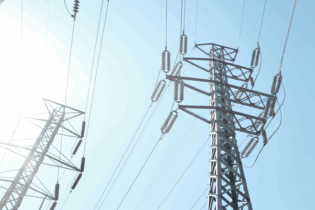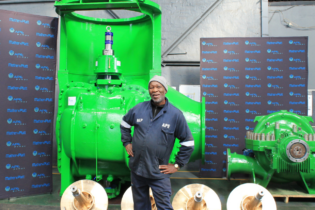Government is looking at ways to accelerate new power projects while the private sector is examining new technologies and financing options to ease South Africa through its current power shortfall, it emerged at the DLO Africa Power Roundtable.
By Alexandra Felekis, Partner, Webber Wentzel The most important development highlighted in discussions at the recent DLO Africa Power Roundtable hosted by Webber Wentzel in Sandton was that South Africa’s private sector has an important role to play in new energy generation and alleviating the constraints caused by the current power shortfall. This was the third Africa Power Roundtable that Webber Wentzel has hosted and it was well-attended, at a time when Eskom load shedding, restructuring of the power utility, electricity planning and advances in power generation technologies are at the forefront of public discussions. Speakers at the conference examined policy developments and Eskom as well as innovative power solutions involving hybrid systems combining solar PV with batteries.The Minister confirmed the importance of private sector involvement
Energy Minister Jeff Radebe, who opened the event, confirmed that Eskom on its own cannot supply the R1 trillion of investment in power generation, transmission and distribution needed by 2030 under the Integrated Resource Plan (IRP). Private sector participation will be essential, he said, and he would use his best efforts to remove obstacles that delay or hinder private sector solutions in the interests of the economy. His comments were echoed by a speaker from Eskom, who said Eskom was open to assistance from the private sector and invited suggestions and proposals to help alleviate its constraints.Embedded generation is expected to have a greater role in new generation capacity in future
In the past few years, heavy electricity users examined embedded generation projects to offset rising Eskom tariffs. These solutions are now urgently needed, both to offset costs and ensure stable electricity supply. It is widely expected that distributed generation (small-scale power generation for own use, described in the draft IRP as embedded generation) will be part of the strategy to help meet the shortfall between capacity and demand in the short term. The annual allocation for distributed generation in the IRP from the years 2019 to 2030 is likely to be increased to 500MW a year. However, players in the distributed generation space are still concerned about the 1MW to 10MW installed capacity restriction in the draft IRP. Several mines and industrial entities are ready with power projects that are between 30MW and 60MW. If the installed capacity restriction is not adjusted in the final IRP, projects with an installed capacity above 10MW will be required to apply for a deviation from the IRP from the minister of energy. When Minister Radebe was asked whether he would consider making ministerial determinations under Section 10 (2)(g) of the Electricity Regulation Act to allow licensing of distributed generation projects that are not provided for in the IRP, the minister reiterated that his department is willing to engage with the private sector directly. He invited motivated submissions in this regard.Funders are also more willing to look at distributed power solutions. The Development Bank of SA intends to launch a $200 million distributed power generation fund shortly after the IRP is finalised, for projects outside the Independent Power Producer Procurement (IPP) office’s renewable power programme.








